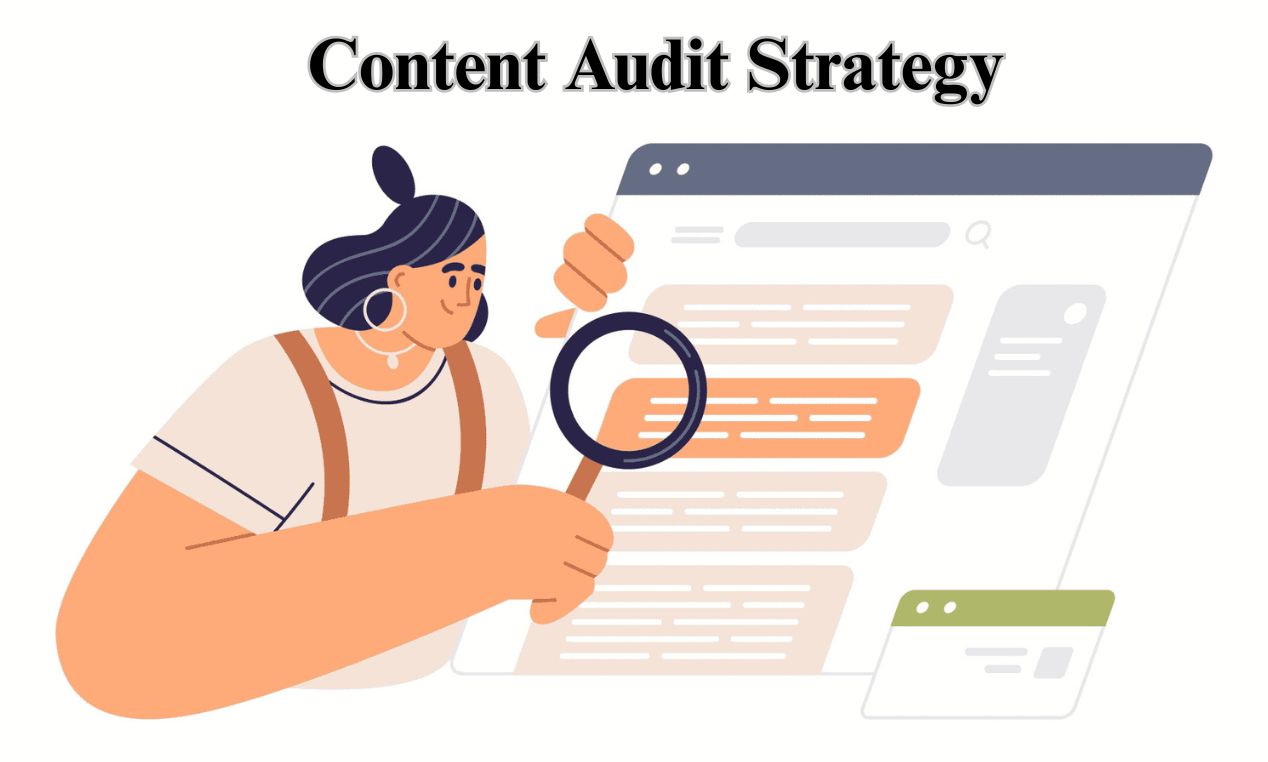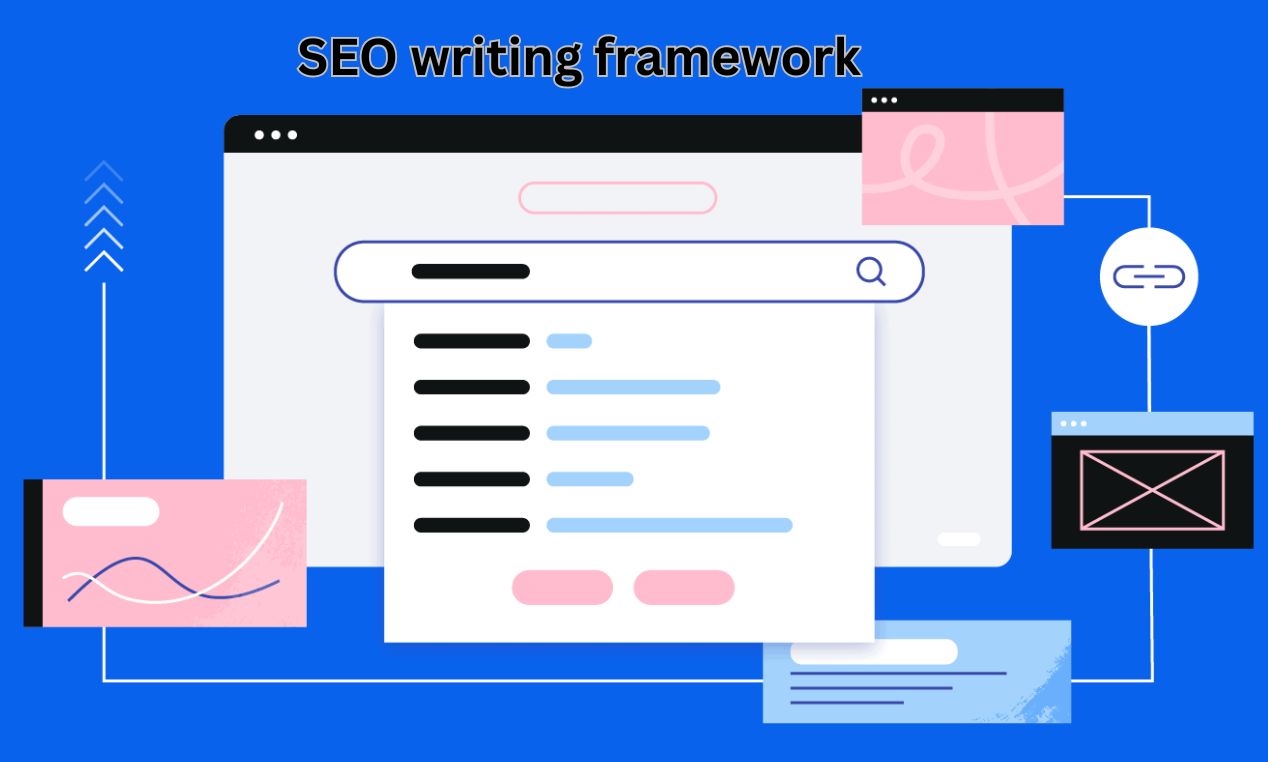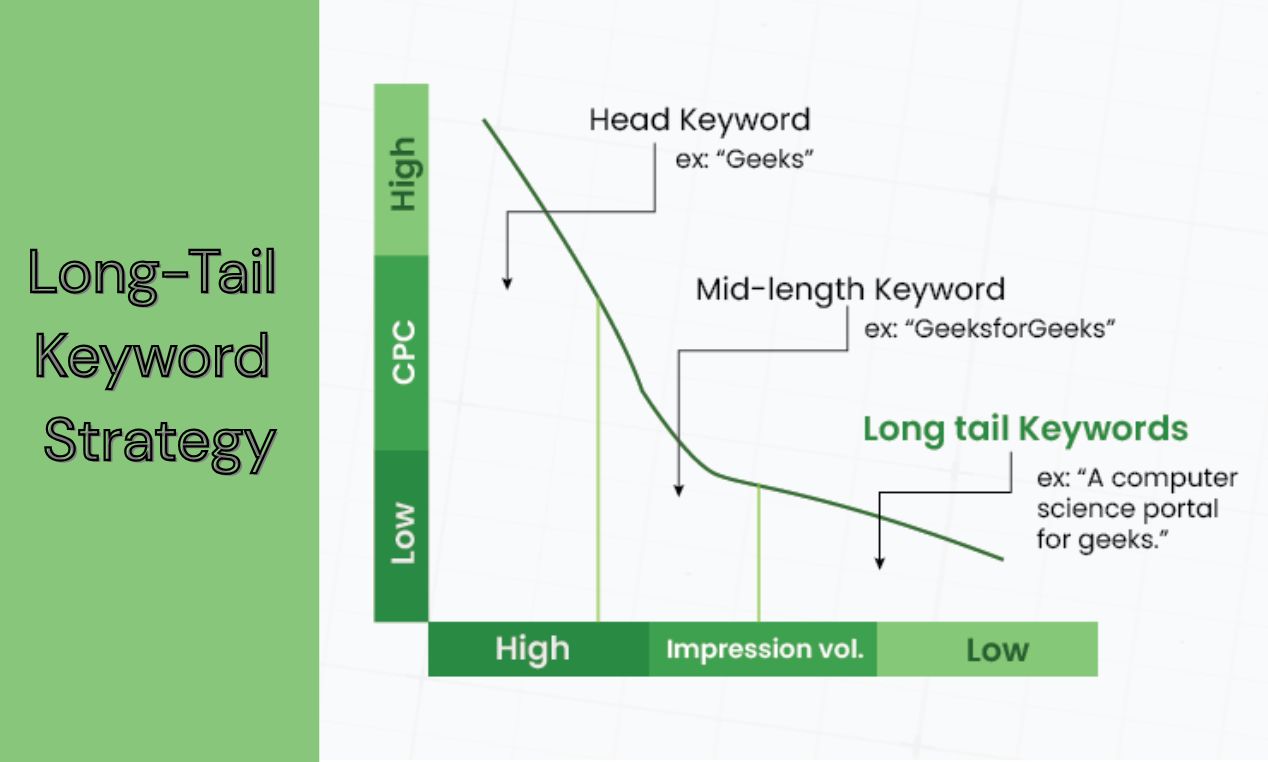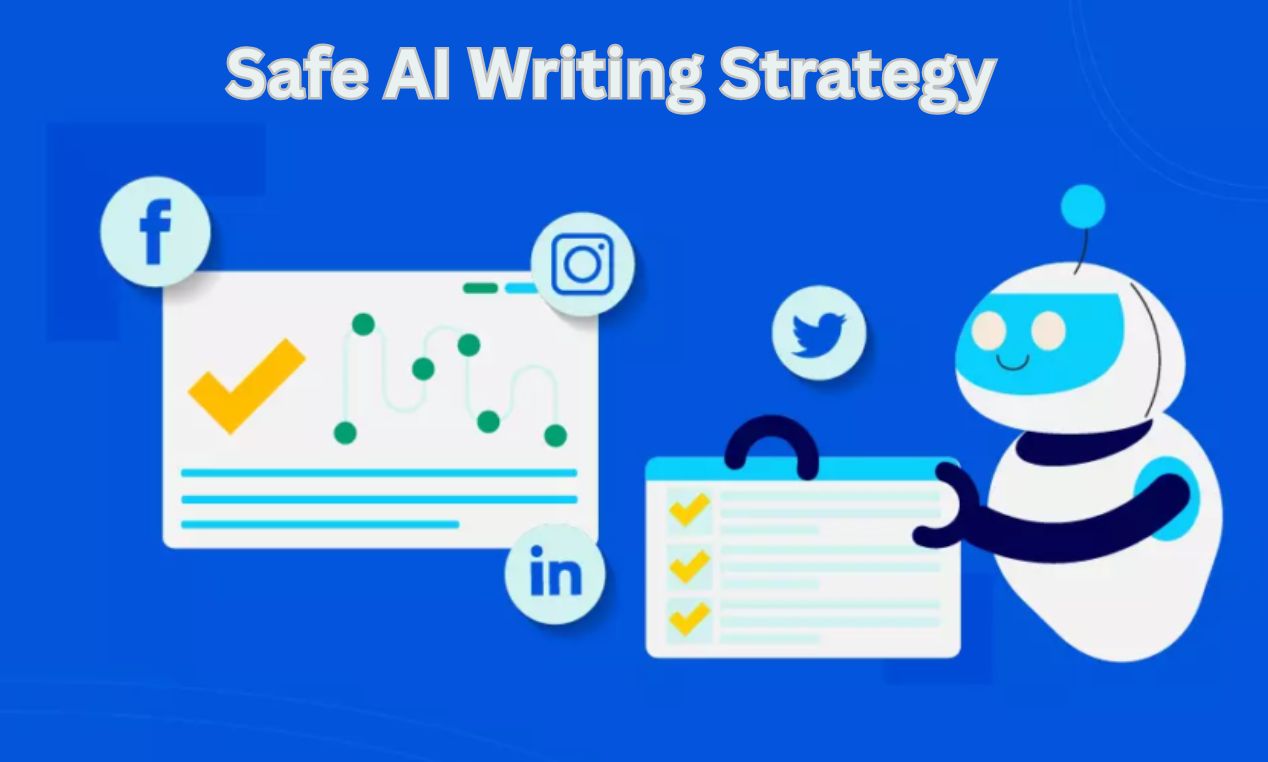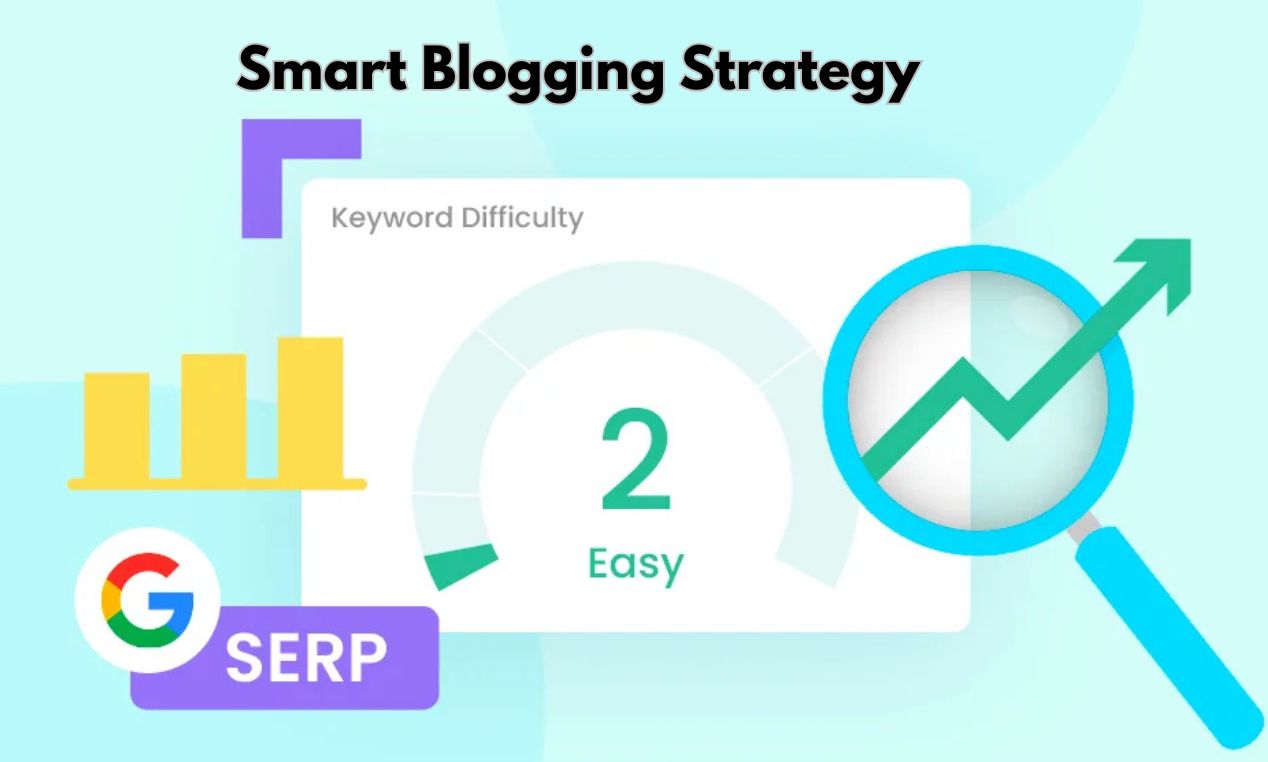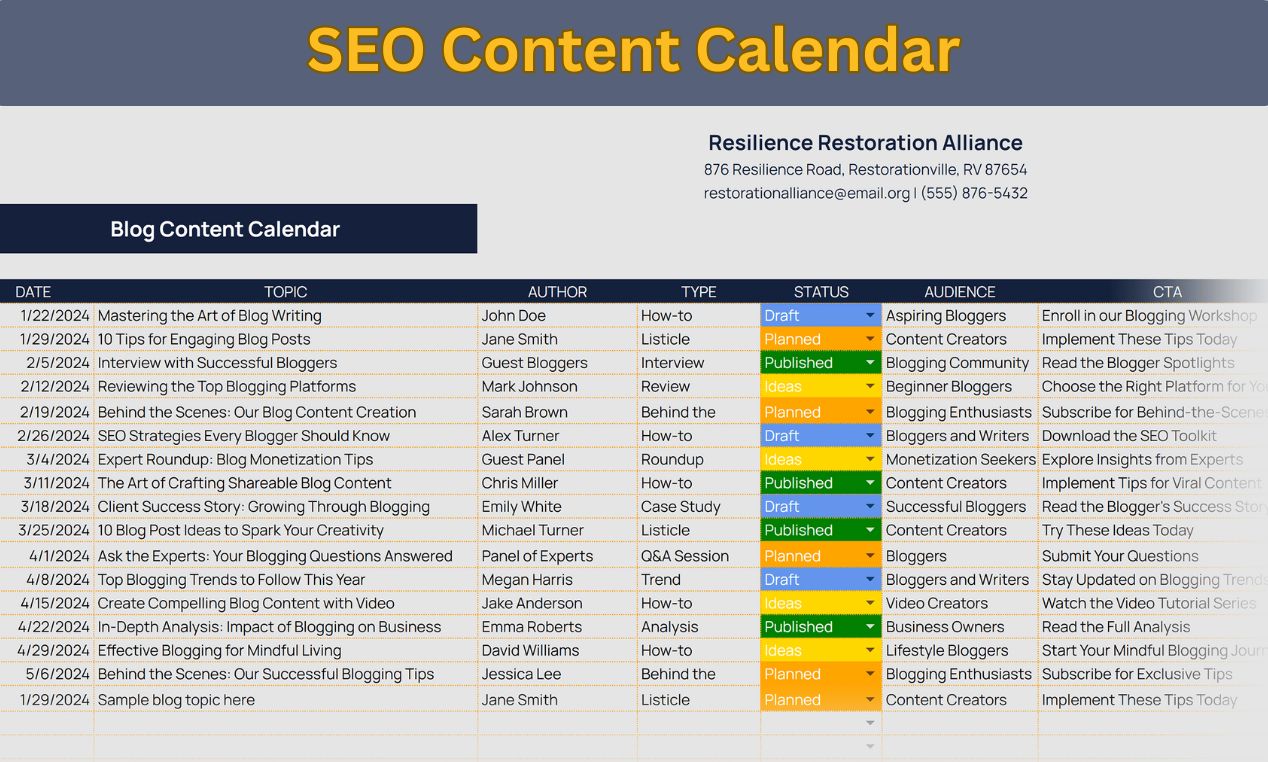Launching new content feels exciting but what about the dozens of old posts sitting quietly on your blog? Many bloggers focus only on writing new articles, forgetting that older content often holds untapped potential.
A smart Content Audit Strategy can help you revive those posts, improve rankings, and bring in consistent traffic without writing a single new article.
Let’s break this down in a simple, conversational way and see how you can bring your old content back to life.
Table of Contents
Content Audit Strategy
Why a Content Audit Strategy Matters
Think of your blog as a library. Over time, some books (posts) collect dust while newer ones grab attention. But if you take a moment to clean the shelves, update the covers, and refresh the content, those old books can attract readers again.
That’s exactly what a Content Audit Strategy does it helps you identify which posts are outdated, which still perform well, and which can be improved to attract more visitors.
How to Do a Blog Audit?
If you’re wondering “How to do a blog audit?”, don’t worry it’s easier than it sounds. You don’t need to be a technical expert.
Here’s a simple process you can follow:
- List all your blog posts.
You can do this manually or use tools like Google Sheets or a content audit tool free (for example, Ubersuggest or Ahrefs free version). - Check your analytics.
Look at which posts bring traffic and which ones don’t. Google Analytics and Google Search Console can help you see what’s performing well. - Review the content quality.
Ask yourself is the information still accurate? Can it be updated with new examples or data? - Check SEO basics.
Are your titles and meta descriptions clear? Are there broken links or missing internal links? - Prioritize updates.
Start with posts that already have some traffic but could perform even better with small improvements.
How to SEO Optimize a Blog Post?
Once you’ve identified posts that need improvement, the next step is learning how to SEO optimize a blog post effectively. You don’t have to rewrite everything just polish what’s already there.
Here’s how to do it naturally:
- Update keywords: Add relevant terms naturally throughout your post. Avoid stuffing; focus on readability.
- Improve headings: Make sure your subheadings clearly explain what each section covers.
- Add internal links: Link to other related posts on your site to keep readers engaged longer.
- Fix broken links: Check all URLs and replace any that no longer work.
- Add visuals: A new image, infographic, or short video can make your post more appealing and shareable.
If your article answers user questions in depth, loads fast, and feels helpful, Google will likely reward it with better visibility.
How Do I Drive Traffic to My Blog Post?
After optimizing your older posts, the next big question is how do I drive traffic to my blog post?
Here are some practical steps that actually work:
- Share updated posts on social media. Old posts with fresh updates deserve new attention.
- Send them to your email list. Tell your subscribers about your refreshed articles.
- Repurpose content. Turn your post into a short video, infographic, or carousel for Instagram or LinkedIn.
- Answer questions on Quora or Reddit. Link back to your post if it genuinely adds value to the discussion.
Traffic doesn’t always come from new articles sometimes, giving an old post a little care is all it takes.
What Is a Blog Content Strategy?
If you want your updates to have a long-term impact, you need a clear plan and that’s where what is a blog content strategy? becomes an important question.
A blog content strategy is your roadmap for what to post, when to post, and why it matters. It’s not just about keywords it’s about understanding your readers and creating content that solves their problems.
Here’s what to include in your strategy:
- Topic research: Focus on what your audience searches for, not just what you want to write.
- Content goals: Are you writing to inform, convert, or build trust?
- Publishing schedule: Consistency matters more than volume.
- Regular audits: Revisit old posts every few months to keep them relevant.
When you combine strategy with regular audits, your blog grows steadily instead of relying on luck.
Conclusion
Your old blog posts are like seeds you planted months or years ago they might just need a little sunlight and care to grow again. By using a Content Audit Strategy, you can identify your hidden traffic opportunities, refresh your content, and make your website feel new again.

